Analytics
How Cruise Lines Use Analytics
Intelligencia helps its cruise line clients understand the rapidly evolving world of analytics and AI so they can buy just the right amount of analytics they need. Nothing more. Nothing less. ROI must be considered when it comes to purchasing analytics and we can show you what's available in the market, as well as what should be avoided. Our clients call us "trusted advisors," a moniker we wear with great pride.

ANALYTICS
The four main types of analytics are essential for organizations to derive insights from data and make informed decisions. Each type serves a distinct purpose and builds upon the previous one, allowing businesses to understand past events, diagnose issues, predict future outcomes, and prescribe actions.
What happened?
Descriptive analytics focuses on summarizing historical data to understand what has occurred. It involves techniques such as data aggregation and visualization (e.g., charts and graphs) to present key metrics and trends. This type of analysis provides a foundational understanding of past performance, enabling organizations to identify patterns and anomalies in their data.
MODELING
Customer Segmentation
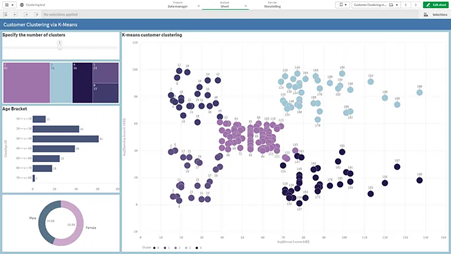
Customer segmentation analytics involves the process of categorizing a customer base into smaller groups based on shared characteristics such as demographics, behavior, psychographics, and firmographics. This analytical approach aims to tailor products, services, and marketing strategies to specific customer groups rather than treating all customers the same. By analyzing customer segments, businesses can gain valuable insights into customer needs and preferences, enabling them to develop highly targeted solutions that lead to improved customer satisfaction and loyalty.
Customer Acquisition
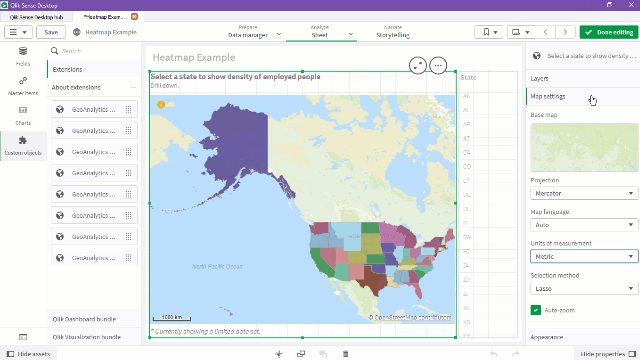
A Customer Acquisition Model is a strategic framework that automates the process of identifying the best leads and guiding them towards conversion. It involves systematically bringing in new customers to a business by creating a seamless journey from initial brand awareness campaigns to converting them into customers or clients. By leveraging customer data and marketing automation, businesses can identify high-quality leads, automate marketing efforts, enhance the sales process, nurture leads for conversions, and turn customers into advocates, thereby driving continuous acquisition and growth.
RFM
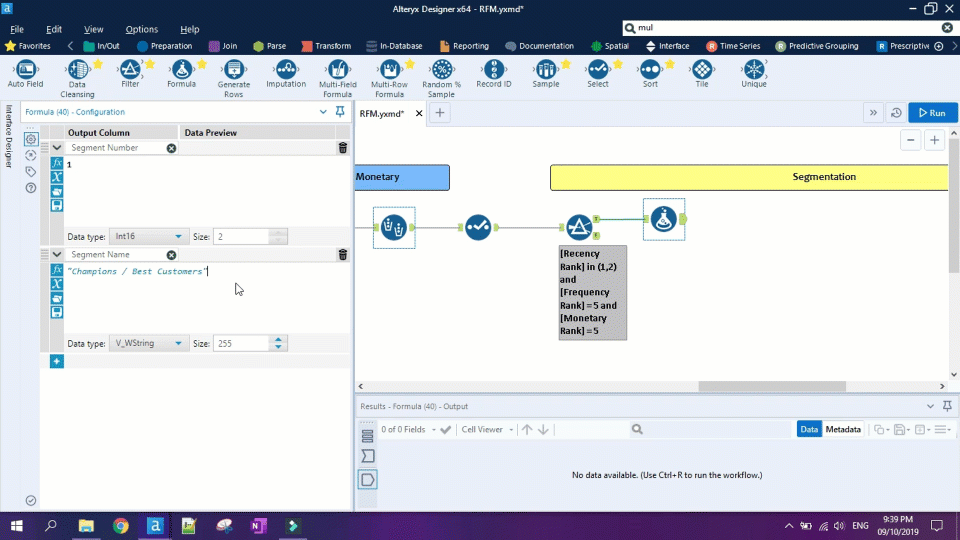
A Recency-Frequency-Monetary (RFM) model is a marketing analysis model used to segment customers based on their recent purchase behavior, frequency of purchases, and the monetary value of those purchases. This model helps businesses identify and target specific customer segments more effectively by understanding their behavior and value to the company. The RFM segmentation allows businesses to tailor marketing strategies, promotions, and customer experiences to meet the specific needs and behaviors of each customer segment, ultimately improving customer engagement, retention, and overall profitability.
Respond Propensity
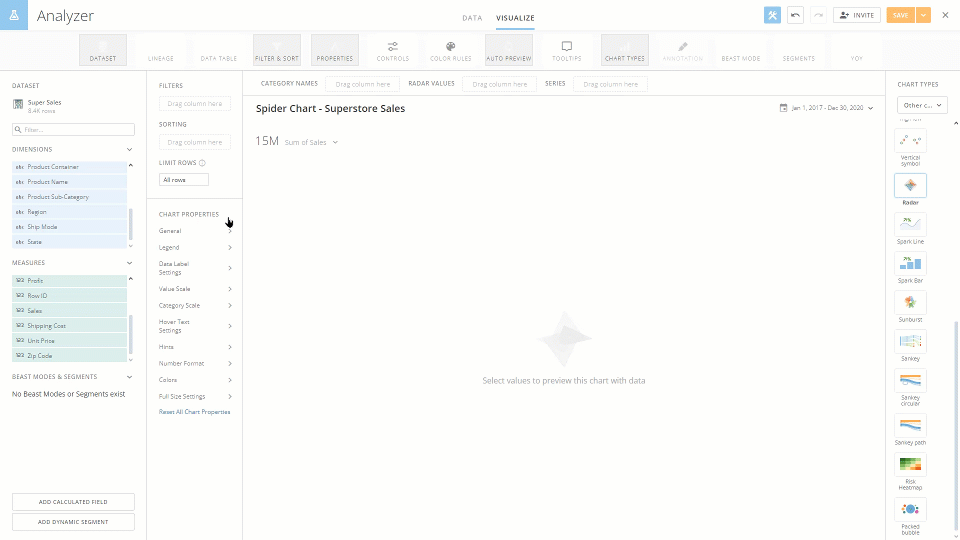
A propensity to respond model, also known as a response propensity model, is a statistical model used in survey research to predict the likelihood of an individual responding to a survey based on various characteristics or variables. These models are designed to identify the probability that a particular individual will respond to a survey invitation or questionnaire. By analyzing factors such as demographics, behavior, and other relevant variables, researchers can estimate the propensity of different individuals to participate in a survey.
Customer Conversion
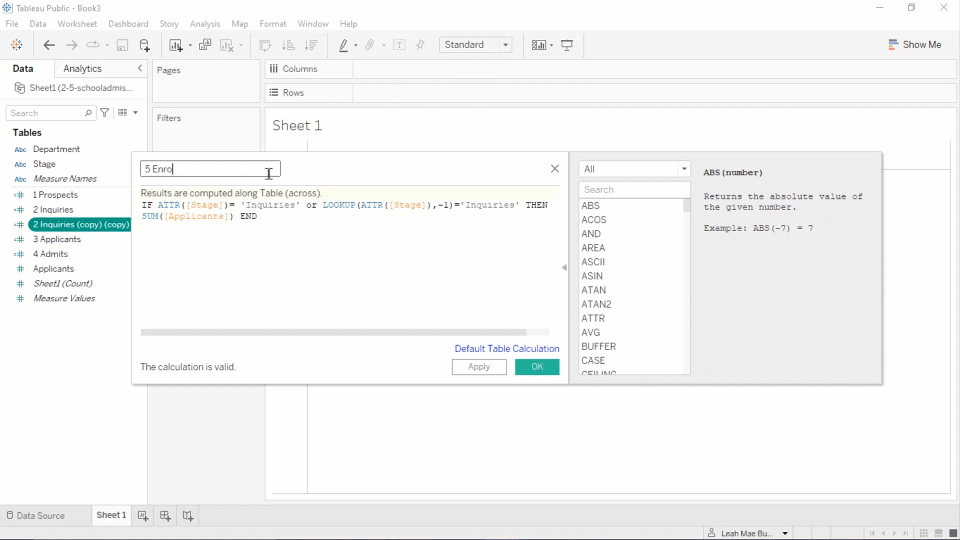
A Customer Conversion Model is a strategic framework used by businesses to analyze and optimize the process of converting potential customers into actual paying customers. This model focuses on understanding the customer journey from initial contact to conversion and aims to improve conversion rates by identifying key touchpoints, optimizing marketing strategies, and enhancing the overall customer experience. These models often involve elements such as lead nurturing, personalized marketing campaigns, and conversion rate optimization.
Optimizing Offers

This model focuses on leveraging data-driven insights to optimize various aspects of marketing, such as prospecting, cross-selling, upselling, and customer retention. By employing optimization modeling, businesses can identify the most suitable audience for specific offers, determine the best timing and channel for communication, and tailor offers to individual customer preferences. This approach aims to improve targeting accuracy, increase response rates, lower acquisition costs, drive customer engagement, and ultimately enhance business performance and profitability.
Customer Value
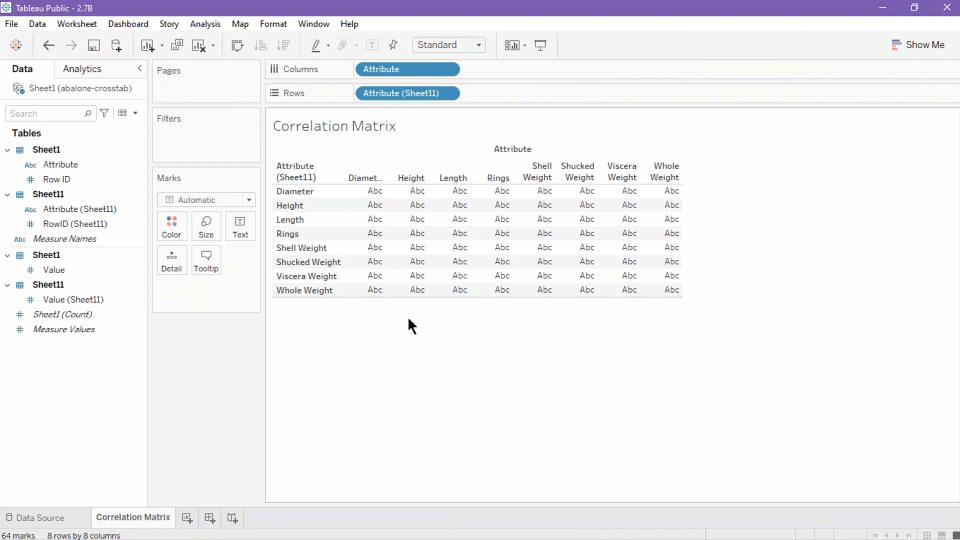
A customer value model quantifies the value a company provides to its customers. This model involves analyzing various elements that contribute to customer value, such as improvements to customers' lives, time and money savings, emotional satisfaction, ease of use, impact, cost, and time-to-benefit. By identifying and measuring these value elements, businesses can tailor their offerings to meet customer needs effectively, enhance customer experiences, and drive customer loyalty.
Customer Churn
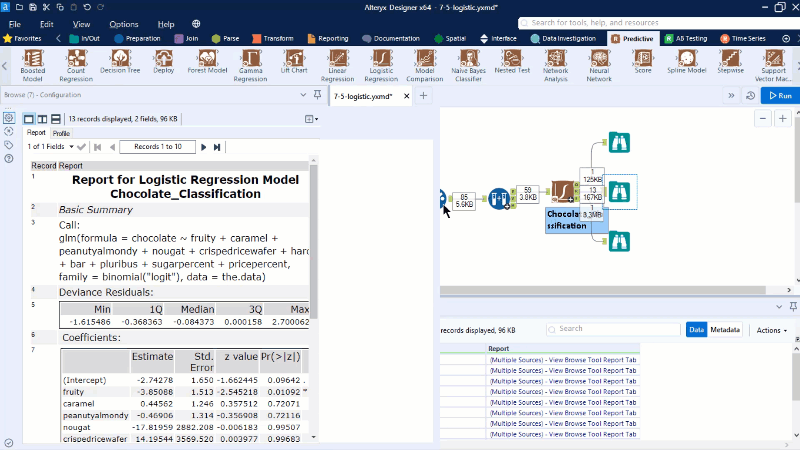
A customer churn model is a predictive analytics tool used by businesses to forecast which customers are at a high risk of leaving or discontinuing their relationship with the company. This model analyzes historical customer data to identify patterns and factors that indicate potential churn, such as decreased activity, declining engagement, or specific behaviors that precede customer attrition. Customer churn models play a crucial role in CRM by enabling businesses to focus on retaining valuable customers, enhancing customer satisfaction, and ultimately improving long-term profitability.
Optimizing Offers
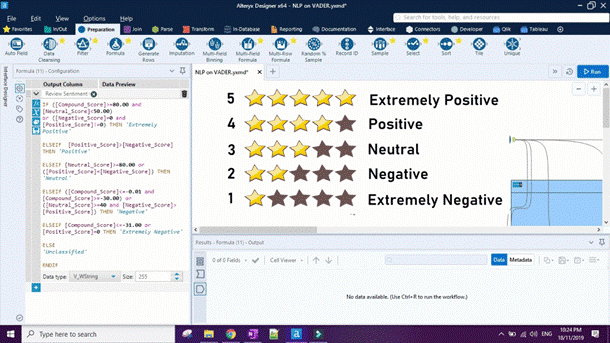
A customer sentiment model analyzes the feelings, opinions, and attitudes of customers towards a brand, product, or service. This model leverages data analytics techniques to measure and interpret customer sentiment, helping businesses gain insights into customer perceptions, preferences, and satisfaction levels. By analyzing customer sentiment, businesses can identify trends, patterns, and areas for improvement, enabling them to make data-driven decisions that enhance the overall customer experience, drive customer loyalty, and improve brand reputation.
Services
Intelligencia helps businesses implement complex analytics solutions from the ground up. We can help you understand your data in ways that will simplify your analytics initiatives. We can also help you understand the complex analytics software landscape so that your analytics initiatives doesn't fail. Our modelers can help you build and maintain your models to ensure they are up-to-date and capturing the most relevant data to ensure they are as powerful as they can be.




